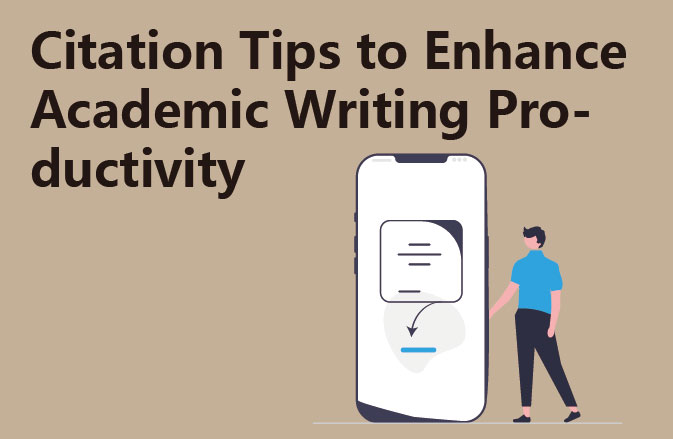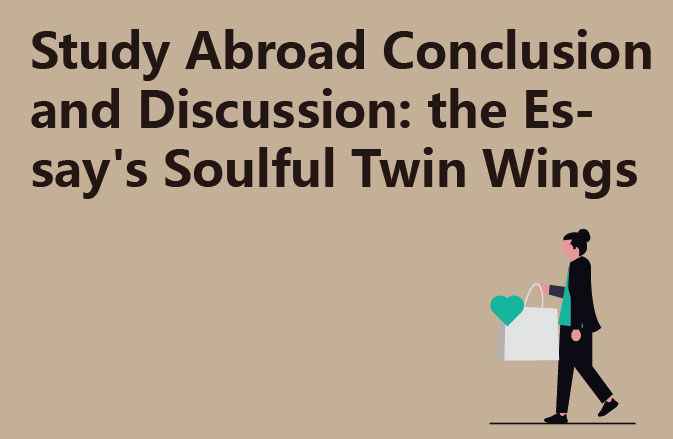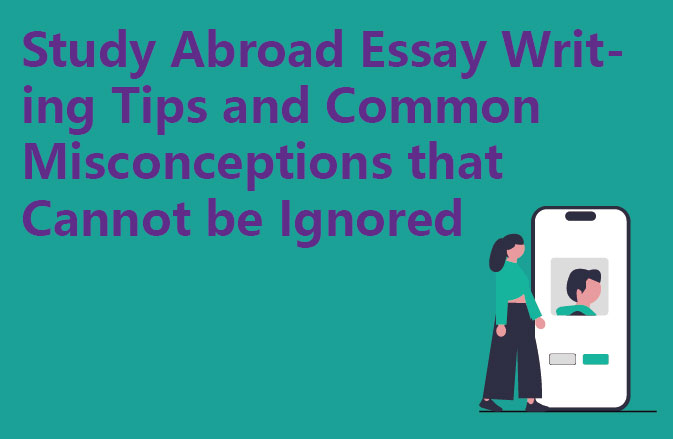When you write essays, don’t you often encounter different reference requirements for different content professors, and therefore get confused.
A correct reference can make an essay a very plus point, on the contrary, the wrong format will make the professor think that your essay is very low academic. Many students will use websites like cite this for me to get AI to layout references, but in fact, many times the format of these websites is not accurate.
Bookmark it so you can learn the correct reference format in a minute and never worry about it again!
APA (format is a standard format for academic writing and citation, commonly used for essays, reports, and research in the social sciences) When citing in an article (author’s last name, year of publication)
MLA (used primarily in the humanities, such as history) when citing in an essay (author’s last name, page number):
All papers in MLA format need to have a “references” page. All references should be in alphabetical order by author’s last name. If a citation does not have an author’s name, it may be listed by the first word of the title of the article or book.
Harvard (used primarily for papers in the natural and social sciences) when citing within an article (author’s last name, year of publication):
When citing a section of a book: author’s last name, first capital letter of first name. Year. Title of the book (in italics). Edition. Location of the publisher: Publisher. Page number.
Chicago (mainly used in the humanities and natural sciences)
Chicago Style cites primarily in footnotes, which are often used in the humanities, such as literature, history, and the arts. Another form is the citation format with author and year. This form of citation is often used in scientific disciplines, such as history, in natural and social sciences, etc.. This article focuses on the first form.
Chicago format in the citation marking method is in the body of the need to add a note in the upper right in order to add the digital. Note the text of the digital throughout the continuous arrangement, and the digital is generally placed at the end of the sentence, outside the punctuation.
In the Chicago format, notes can be in the form of endnotes or footnotes. Footnotes are located at the bottom of the cited page, four lines from the last line of the text. Notes are single-spaced, but double-spaced between entries in the note. Endnotes, on the other hand, come after the main text and require a separate page. The notes are listed in the order in which they appear in the article, and the entire note section should be double-spaced. The notes should include: author’s name (first name first, last name last), title of book/article, publication information (divided into book and article), book: place of publication, publisher, year of publication, page number (the first three in parentheses), article: journal name, volume or issue number, year of publication, page number.




